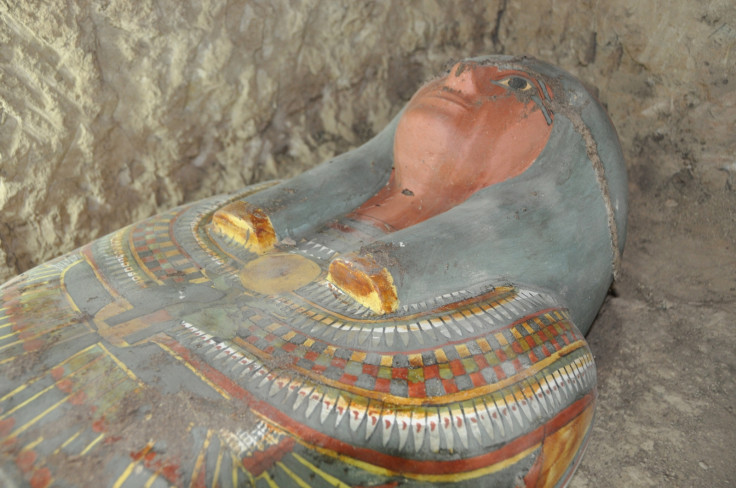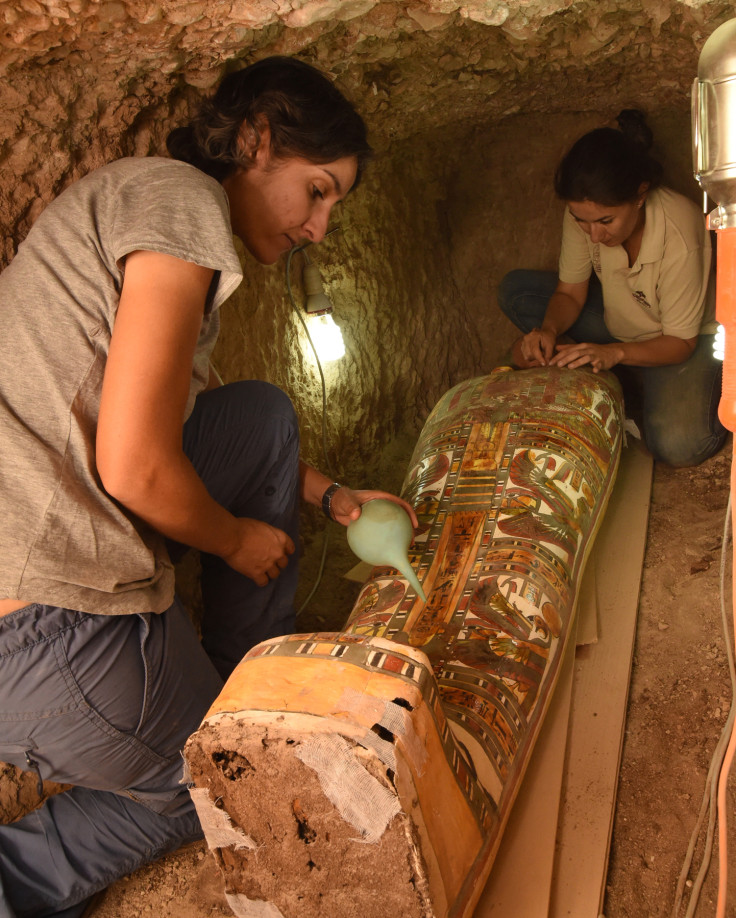Secrets of the Luxor Mummy: What we know about the mysterious temple of Pharaoh Thutmose III
The team who made the discovery has been excavating the temple and the necropolis beneath since 2008.

Spanish researchers excavating the temple of Pharaoh Thutmose III, which stands on the west bank of the river Nile, have discovered a well-preserved Egyptian mummy. Preliminary analysis suggest it dates back to a time known as the Third Intermediate Period – as far back as 1075-664 BC.
The find occurred in the context of an archaeological mission known as the "Thutmosis III temple project", which began in 2008. Referred to as the Temple of Millions of Years of Thutmosis III, the monument is dedicated to one of the most famous pharaohs of Egyptian history, who came to be known as the "Egyptian Napoleon", due to his many conquests.
The temple, located not far from the city of Luxor, had been explored in the early 20<sup>th century but not entirely. It was subsequently abandoned by archaeologists in 1938, and was covered by sand and forgotten for seventy years.
Necropolis beneath the temple
The excavation project, led by Myriam Seco Alvarez, a member of the Academy of Fine Arts Santa Isabel de Hungría, in Seville, sheds a new light on the site. Every year for three months, the archaeologists have worked to excavate and restore the temple, recovering a lot of interesting material.
"In 2009, we found a necropolis under the temple and we have so far excavated 24 tombs. Most of them were dated from the Middle Kingdom Period, and robbed from their precious artefacts, but we still found interesting material to document. Last year, we also found two tombs from the Late Period in the temple's western part, which were added after the temple stopped being used," Seco Alvarez told IBTimes UK.

The recent discovery of the mummy was made in the southern part of the temple, in a tomb that appears to date back to Ancient Egypt's Third Intermediate Period. While its coffin had been badly damage, the cartonnage - the plastered layers of papyrus that constitute the case around the body -was extremely well preserved.
"We were surprised to find the cartonnage in such good condition, because in the other tombs we have excavated at the site, cartonnages has been eaten by termites, and many antiquities are missing because they were stolen," Seco Alvarez adds.

Who was the mummy?
Mysteries still surround the mummy – why it was buried there and what its exact link to King Thutmose III is. However, symbols on the cartonnage have already yielded some interesting first clues.
Inscriptions indicate that this might be the mummy of a noble man known as Amenrenef, who would have been a servant to the royal household.
"It is not clear what functions the servants served, just that they were attached to the King's household. We have his name, so will be able to research who the person was and if his name appears in other historical sources. This is an investigation that will be very interesting and will begin when the excavation season ends and after some restoration work," Seco Alvarez explains.
She also says that scans will be conducted to learn more about what state the mummy is in, and in the hope to gather more information about Amenrenef's identity and health.
Once restoration and investigation works are completed, Egypt's ministry of Antiquities will probably put the mummy on display at a museum in Luxor. The "Thutmosis III temple project" team will keep working at the site for the next seven or eight years to finish exploring it completely.
© Copyright IBTimes 2025. All rights reserved.






















